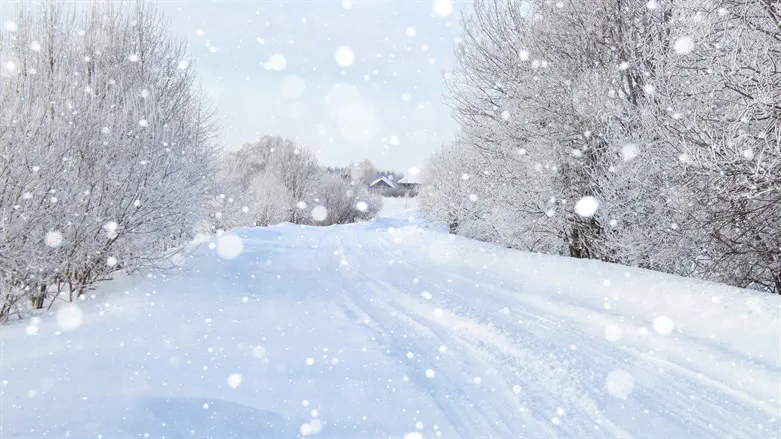
More than 25 people have died in the Buffalo, New York area as a result of the severe winter storm that has impacted most of the United States in the last several days.
Officials from Eerie County, which includes Buffalo, announced the death toll from the historic blizzard on Monday bringing the number of deaths across the nation to at least 47, CNN reported.
The western New York region remained under 43 inches of snow on Monday, with thousands of vehicles stranded and widespread power outages.
“This is a horrible situation,” Erie County executive Mark Poloncarz said during a press conference on Monday. He added that the area is expecting a further 8 to 12 inches of snow by the middle of Tuesday.
“This is not helpful as we’re trying to recover and clear off streets and get into areas that still have not [been cleared of snow],” Poloncarz said.
Driving bans have been lifted for most of western New York but remain in place in the city of Buffalo as it is still “impassable in most areas.”
Cars, trucks and other vehicles remain stuck across the city.
“It’s going to take time to clear those,” he said, noting that emergency vehicles sent to rescue people have also become trapped in the snow, including ambulances that crews began digging out on Sunday.
“We had to send specialized rescue crews to go get the rescuers,” Poloncarz told CNN.
He described the storm as the worst one he could recall.
“It was just horrendous, and it was horrendous for 24 hours in a row,” he said.
“We’re used to snow here, we can handle snow,” he said. “But with the wind, the blinding views – it was complete whiteouts – and the extreme cold, it was some of the worst conditions that any of us have ever seen.”
Most of the people who died in Eerie Country passed away from exposure while shoveling snow or being outside in freezing winds, according to the local medical examiner's office.
Poloncarz described the conditions during the storm as a “the worst conditions” and a “sheet of white” with residents who were outside unable to see as the thick snow fell.
“Think about looking just a few feet in front of you at a sheet of white for more than 24 hours in a row. That’s what it was like outside in the worst conditions,” he said. “It was continual blizzard and whiteouts such that no one could see where they were going. Nobody had any idea what was happening.”
